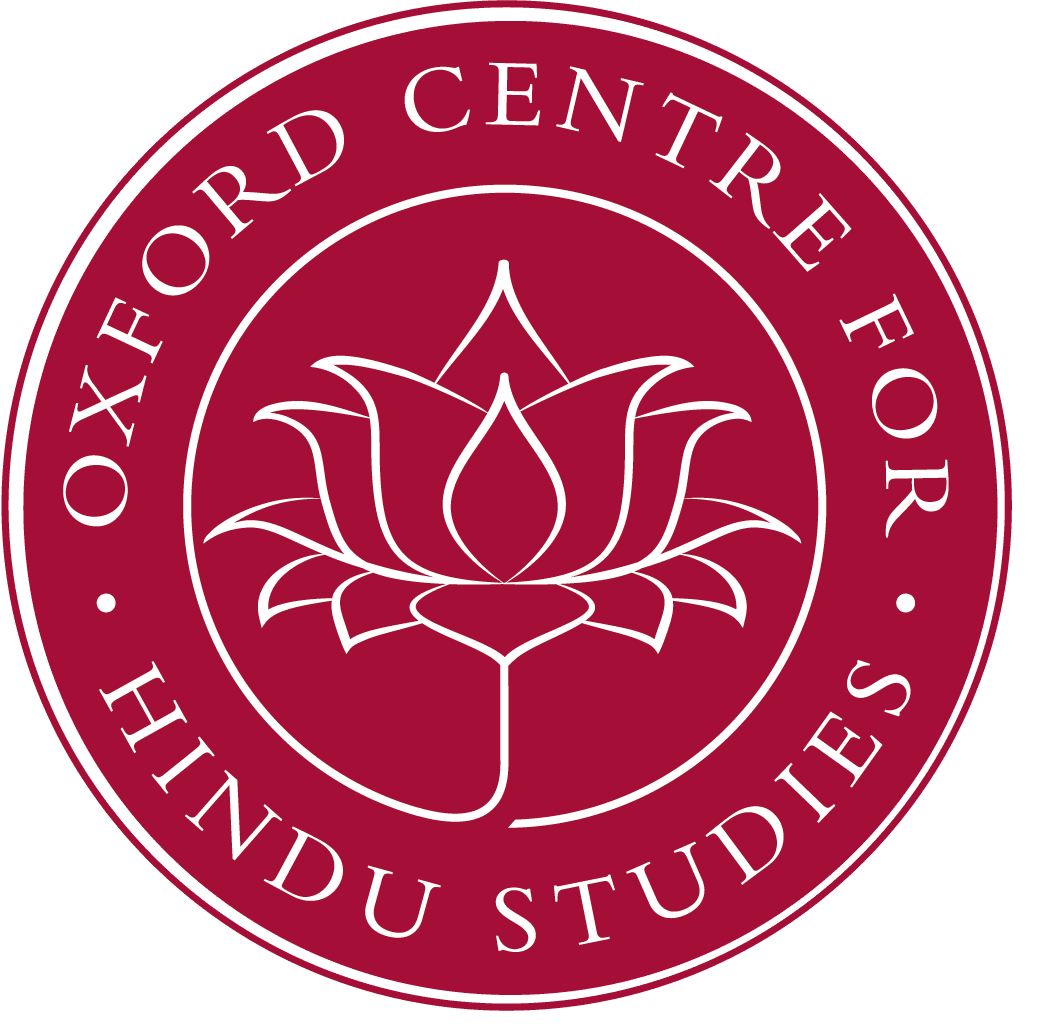Session 3 of the 2007 Shivdasani Conference.
The early medieval period (c. 600 – 1200 AD) witnessed a tremendous boom in temple construction all over the Deccan. Imperial and feudatory houses such as the Rashtrakutas, the Chalukyas, the Kalachuris, the Shilaharas and the Yadavas patronised varied religious sects and endowed shrines, temples and monasteries. The main source of information are the copper plate charters, which contain a host of information about various modalities of the endowments, a prominent component of which concerns money.
This paper will address select instances of patronage with specific reference to the use of money involved in it, on circulatory and socio-economic trajectories. Emphasis will be placed on references dealing with the instrumentality of money in the enterprise of temple-building – how was money generated, disseminated and deposited to facilitate the construction and management of the temple. It will discuss what sort of coins were in use, how they circulated and what were the dynamics involving the different ‘moneyed classes’ in terms of using their wealth for temple-building activities.
As a broader historical end-note, the paper will shed light on the prevalent notion of ‘paucity of coinage’ during the early medieval period.
